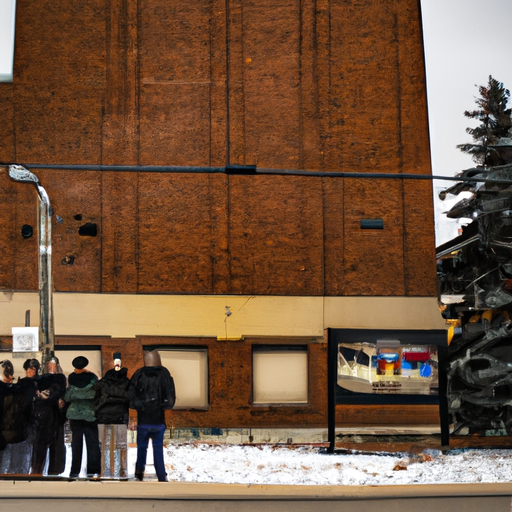The Turmoil of the Opioid Crisis: A Glimpse at Ontario’s New Bill
Ontario, a province in Canada, has been experiencing an intense opioid crisis like several other parts of North America. The crisis, driven by the overuse, misuse, and often illicit use of opioids, has significantly impacted individuals, families, and communities, leading to a surge in related health problems, homelessness, and crime rates. In response, Ontario recently proposed a controversial new bill to limit supervised consumption sites. Learn more about this proposed bill here.
The Effects and Implications of the Opioid Crisis
The opioid crisis’ effects are far-reaching and devastating. The rise in opioid use and addiction increases emergency room visits and deaths related to opioid overdose. It does not stop there. The crisis also contributes to escalating levels of homelessness and crime rates, further straining community resources and public services. Users often become homeless as a result of their addiction, while resorting to crime to support their habit.
Furthermore, the opioid crisis has also placed unprecedented pressures on healthcare systems, law enforcement, and social services. This, in turn, has exerted immense strain on community resources, collectively contributing to societal instability. It’s a problem that requires a multi-pronged, supportive, and innovative solution.
New Ontario Bill in Response to the Crisis
The Ontario government’s recently proposed bill aims to restrict the location of supervised consumption sites. The move illustrates the government’s attempt to strike a balance between the needs of those struggling with opioid addiction and the concerns of various community stakeholders, especially families and schools.
According to the news article , the new bill would prohibit such sites within 200 meters of Ontario schools or childcare centers. This would serve to mitigate the interaction between the affected individuals and children while respecting the ongoing need for such consumption sites.
Key Points in the New Ontario Bill:
- Introduction of a 200-meter prohibition zone around schools and daycares for establishing new supervised consumption sites.
- Significant implications for existing sites which need to relocate nearing the end of their federal exemption period.
- Continuing the province’s commitment to support people struggling with addiction while addressing childcare and school concerns.
Is Legislative Change Enough?
The Ontario government’s move towards legislative change to address the opioid crisis is a step in the right direction. However, it remains to be seen whether changes in legislation alone will suffice to adequately tackle an issue of this magnitude. The crisis is complex and multi-faceted, requiring a multi-pronged approach.
Initiatives such as supports for housing, employment, mental health services, better access to the emergency opioid antidote naloxone, and an increasing number of healthcare providers trained in opioid disorder treatment are also vital.
Conclusion
The proposed Ontario bill is a testament to the myriad challenges that the opioid crisis presents. While it seeks to address community protection, the risks of homelessness, and opioid misuse remain formidable issues. This bill, coupled with other comprehensive strategies including social supports, access to naloxone, and increased training in opioid disorder treatment, may contribute towards a more holistic solution.
